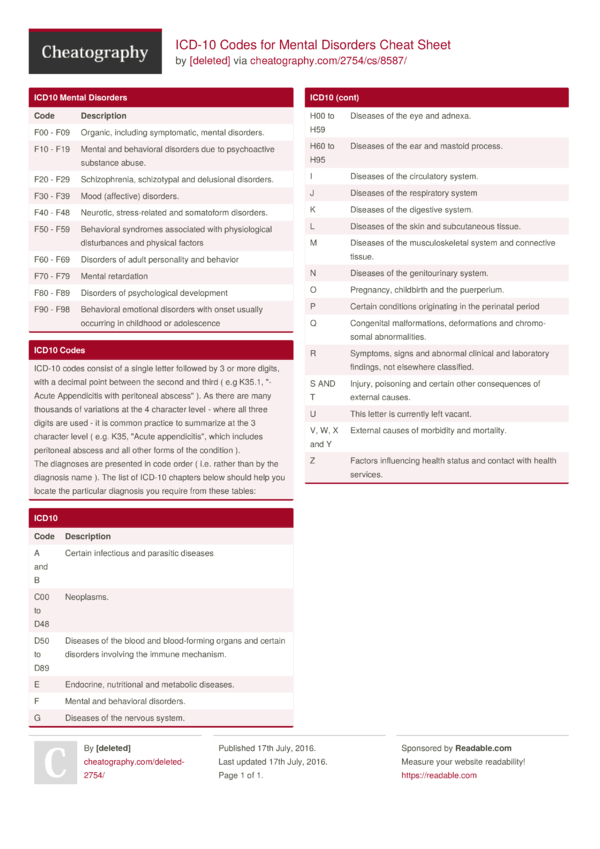


Adding a 1 to this code indicates an intractible migraine without aura. Each additional character builds on the placeholder before it until the sequence of information provides a complete picture of the patient’s medical condition. G43 is used to indicate that the patient was treated for migraine, but this code requires three additional characters to report payable diagnostic information. Under ICD-10 there are 44 codes dedicated to describing various types of migraines. By understanding the underlying logic of how ICD-10 is arranged, it is expected that less time will be spent cross-referencing the alphabetic and numeric indices. Migraines fall under the G40-G47 subset of ICD-10-CM codes, Episodic and paroxysmal disorders. When a patient presents with a migraine that needs to be translated into ICD-10 diagnosis code, a total of six characters are needed to reach the greatest degree of specificity in order to create a clean healthcare claim. Under ICD-10 methodology, diseases of the nervous system are described by the codes contained between G00 and G99. For instance, a patient presenting with an intractable migraine without an aura and without mention of migrainosus, is assigned the code 346.11 on the CMS-1500 claim form. Migraines are coded 346, with the actual diagnosis code including five characters. The new methodology will require even greater specificity when it comes to assigning codes to healthcare claims, and will have to be supported by the available documentation.ĭiagnosis codes used commonly by outpatient neurology practices tend to fall within the 320-389 range of ICD-9-CM, Diseases of the Nervous System and Sense Organs. ICD-10 billing presents a number of challenges to medical coders and billers. Neurology billing, primary care billing, and emergency room billing are about to become a bit more complicated when patients present a migraine.


 0 kommentar(er)
0 kommentar(er)
